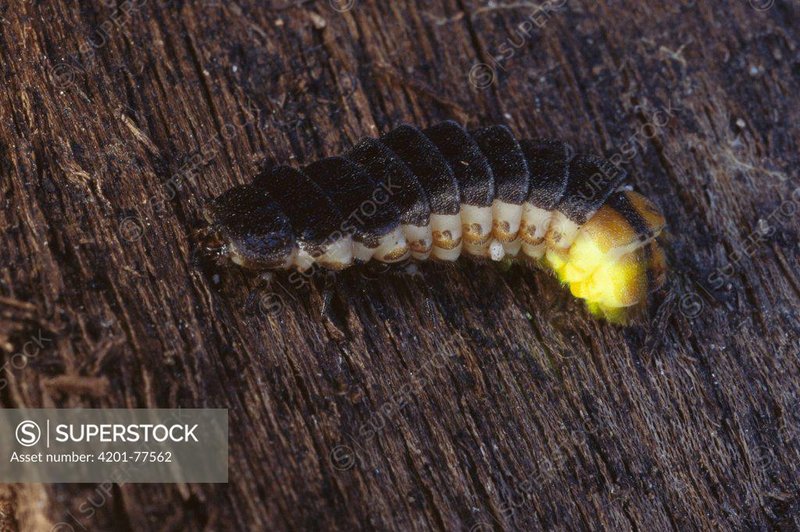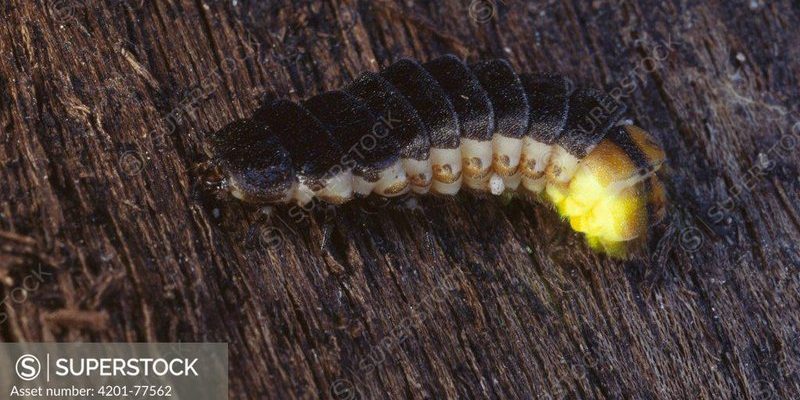
Now, you might be wondering, “How can something so small and seemingly simple reveal so much about the environment?” Here’s the thing: glow worms are sensitive to changes in their habitat. Their presence—or absence—can hint at larger issues within the ecosystem. So, let’s explore how glow worms function as bioindicators of forest health, what that means for our environment, and what we can do to protect these amazing little creatures.
What Are Glow Worms?
To understand why glow worms are important for forest health, we need to know a bit about them. Glow worms aren’t actually worms at all! They are the larvae of certain beetles, most commonly from the family Lampyridae. These larvae produce a glowing substance that helps them attract prey, which is usually small insects. You might picture these larvae hanging from leaves or hiding beneath logs, creating a magical glow in the darkness.
The light emitted by glow worms comes from a chemical reaction in their bodies, much like a firefly. However, while fireflies flash their lights briefly, glow worms emit a steady glow. This bioluminescence serves as a lure, helping them catch food in the humid forest environment. By illuminating their surroundings, glow worms create an enchanting atmosphere and play an important role in their ecosystem.
Why Are Glow Worms Considered Bioindicators?
Now that we know what glow worms are, let’s talk about why they’re seen as bioindicators. Simply put, a **bioindicator** is an organism whose presence, absence, or abundance reflects the health of an ecosystem. Because glow worms thrive in clean, well-balanced habitats, their numbers can tell us a lot about the surrounding environment.
For instance, if a forest is polluted or the soil is unhealthy, glow worms may struggle to survive. They need specific levels of humidity, temperature, and food availability to flourish. So, when scientists notice a decline in glow worm populations, it can signal underlying issues like soil degradation, pollution, or habitat destruction. You might say they are nature’s way of giving us a heads-up when things aren’t right.
The Relationship Between Glow Worms and Forest Health
So, how exactly do glow worms signal forest health? Their existence is linked to several ecosystem factors:
- Food Supply: Glow worms feed on insects, which means a healthy population of these larvae indicates a stable food web. If insects are scarce, glow worms will struggle, hinting at broader issues in the ecosystem.
- Habitat Quality: Glow worms prefer moist, undisturbed environments. Deforestation or pollution can disrupt these conditions, causing their numbers to dwindle.
- Soil Health: The quality of the soil affects the plants that grow in the forest, which in turn impacts the entire food chain, including glow worms.
When you see a flourishing glow worm population, it often means the forest is thriving too. Conversely, a decline acts as a red flag, urging us to take action before more significant damage occurs.
How Scientists Study Glow Worms
Studying glow worms helps scientists assess forest health. Researchers often conduct field surveys to measure their populations, monitor their habitats, and analyze environmental factors. They look at everything from soil quality to humidity levels to see how these factors impact glow worm survival.
For example, if researchers find fewer glow worms in a particular area over a few years, they may investigate what’s changed. Has there been an increase in pollution or development? Has climate change altered the environment? By connecting these dots, scientists can uncover the broader health of the forest ecosystem.
Conservation Efforts for Glow Worms
Protecting glow worms isn’t just about preserving a pretty sight; it’s about maintaining the health of our forests. Conservation efforts often focus on creating and restoring habitats where glow worms thrive. This includes protecting wetlands, restoring native vegetation, and reducing pollution in affected areas.
Additionally, community awareness plays a crucial role. Local initiatives to educate people about the importance of glow worms can foster a sense of responsibility and encourage sustainable practices. When we understand that our actions impact these little creatures, we become more motivated to protect their environment.
Real-Life Implications of Glow Worm Monitoring
The significance of glow worms extends beyond scientific curiosity. Their monitoring can lead to real-life changes in forest management practices. For example, if a region shows a drop in glow worm populations, land managers can implement strategies to improve habitat conditions.
This might involve reducing pesticide use, restoring native plant species, or even creating protected areas where glow worms can thrive. By prioritizing the health of these bioindicators, we end up protecting the entire forest ecosystem, creating a healthier environment for all its inhabitants.
In wrapping up, glow worms are more than just beautiful lights in a dark forest; they are essential indicators of forest health. Their presence can reveal a wealth of information about the ecosystem’s well-being. By understanding the vital role they play, we can take steps to protect not only these enchanting creatures but also the forests they inhabit.
So, the next time you catch a glimpse of those twinkling lights in the night, remember: you’re witnessing a small but mighty signal of nature’s harmony. Let’s take care of our forests and ensure that glow worms continue to shine brightly for generations to come.

